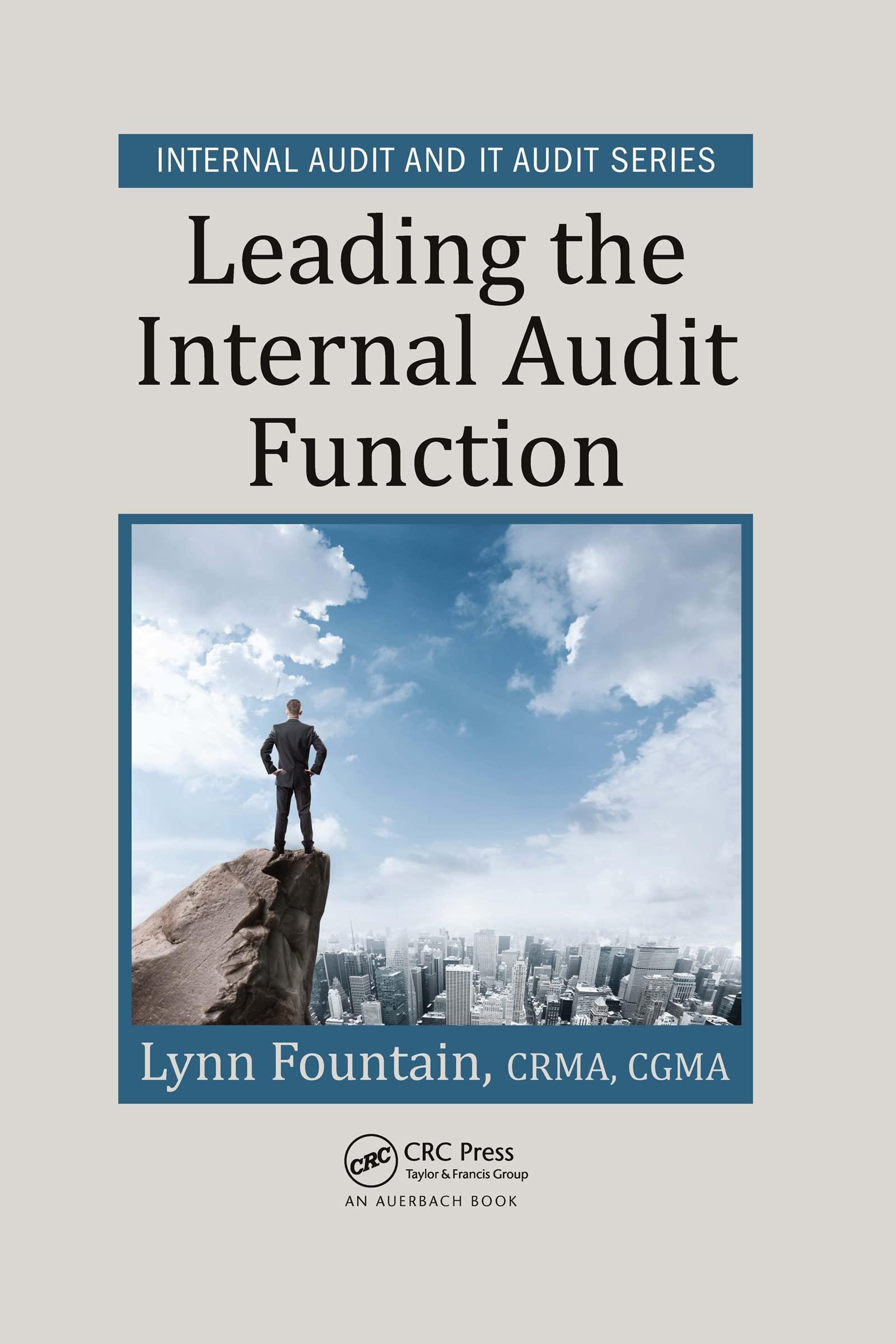Question
Birch Paper Company was a medium-sized, partly integrated paper company, producing white and kraft papers and paperboard. A portion of its paperboard output was converted
Birch Paper Company was a medium-sized, partly integrated paper company, producing white and kraft papers and paperboard. A portion of its paperboard output was converted into corrugated boxes by the Thompson Division, which also printed and colored the outside surface of the boxes. Including Thompson, the company had four production divisions and a timberland division that supplied part of the companys pulp requirements.
For several years each division had been judged independently on the basis of its profit and return on investment. Top management had been working to gain effective results from a policy of decentralizing responsibility and authority for all decisions except those relating to overall company policy. The companys top officials believed that in the past few years the concept of decentralization had been successfully applied and that the companys profits and competitive position had definitely improved.
Early in 2002 the Northern Division designed a special display box for one of its papers in conjunction with the Thompson Division, which was equipped to make the box. Thompsons staff for package design and development spent several months perfecting the design, production methods, and materials that were to be used. Because of the boxs unusual color and shape, these were far from standard. According to an agreement between the two divisions, the Thompson Division was reimbursed by the Northern Division for the cost of its design and development work.
When the specifications were all prepared, the Northern Division asked for bids on the corrugated box from the Thompson Division and from two outside companies. Each Birch Paper Company division manager normally was free to buy from whatever supplier he wished; on inter-company sales, divisions selling to other divisions were expected to meet the going market price.
In 2002, the profit margins of converters such as the Thompson Division were being squeezed. Thompson, as did many other similar converters, bought the paperboard and linerboard used in making boxes, and its function was to print, cut, and shape the material into boxes.1 Although it bought most of its materials from other Birch divisions, most of Thompsons sales were made to outside customers. If Thompson got the order from Northern, it probably would buy its linerboard and corrugating medium from the Southern Division of Birch. Thus, before giving its bid to Northern, Thompson got a quote for materials from the Southern Division. Although Southern had been running below capacity and had excess inventory, it quoted the prevailing market price for materials. Southerns out-of-pocket costs for both liner and corrugating medium were about 60% of its selling price. About 70% of Thompsons out-of-pocket costs of $400 per thousand boxes represented the cost of linerboard and the corrugating medium.
The Northern Division received bids on the boxes of $480 per thousand from the Thompson Division, $430 per thousand from West Paper Company, and $432 per thousand from Eire Papers, Ltd. Eire Papers offered to buy from Birch the outside linerboard with the special printing already on it, but it would supply its own inside liner and corrugating medium. The outside liner would be supplied by the Southern Division at a price equivalent to $90 per thousand boxes, and would be printed for $30 per thousand by the Thompson Division. Of the $30, about $25 would be out-of- pocket costs.
Since the bidding results appeared to be a little unusual, William Kenton, manager of the Northern Division, discussed the wide discrepancy in the bids with Birchs commercial vice president. He told the vice president, We sell in a very competitive market, where higher costs cannot be passed on. How can we be expected to show a decent profit and return on investment if we have to buy our supplies at more than 10% over the going market?
Knowing that Mr. Brunner had been unable to operate the Thompson Division at capacity on occasion during the past few months, it seemed odd to the vice president that Mr. Brunner would add the full 20% overhead and profit charge to his out-of-pocket costs. When he asked Mr. Brunner about this, the answer he received was the statement that appears at the beginning of the case. Brunner went on to say that, having done the developmental work on the box and having received no profit on that work, he felt entitled to a good markup on the production of the box itself.
The vice president explored further the cost structures of the various divisions. He remembered a comment of the controller at a meeting the week before, to the effect that costs which were variable for one division could be largely fixed for the company as a whole. He knew that in the absence of specific orders from top management Mr. Kenton would accept the lowest bid, which was that of the West Paper Company for $430. However, it would be possible for top management to order the acceptance of another bid if the situation warranted such action. And although the volume represented by the transactions in question was less than 5% of the volume of any of the divisions involved, future transactions could conceivably raise similar problems.
1.) What are the three alternative options for Birch Paper Company?
2.) Prepare a table identifying how the alternatives will impact each Division and Birch
Paper Company overall. In other words, what are their revenues and costs under the
alternatives? Assume that Northern Divisions sale price for the special display box is
$550 per thousand
Step by Step Solution
There are 3 Steps involved in it
Step: 1

Get Instant Access to Expert-Tailored Solutions
See step-by-step solutions with expert insights and AI powered tools for academic success
Step: 2

Step: 3

Ace Your Homework with AI
Get the answers you need in no time with our AI-driven, step-by-step assistance
Get Started


